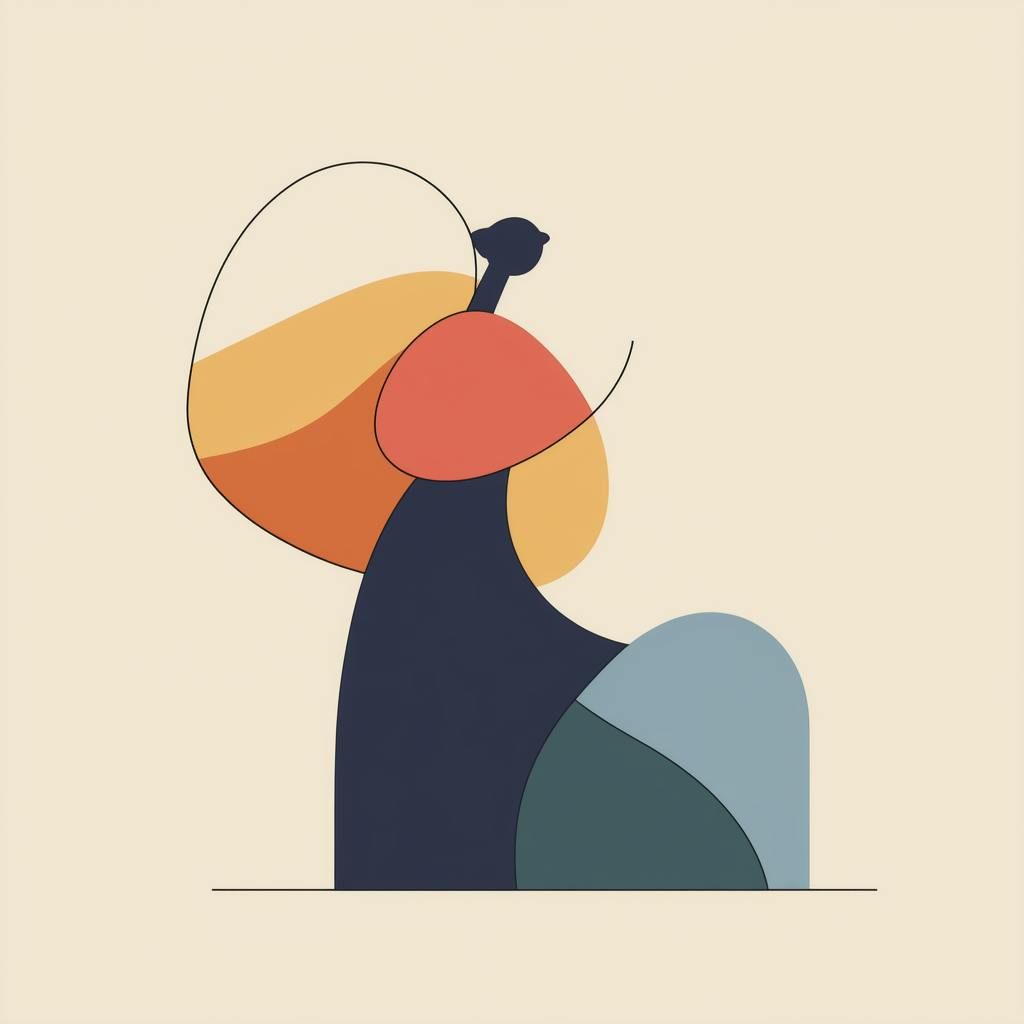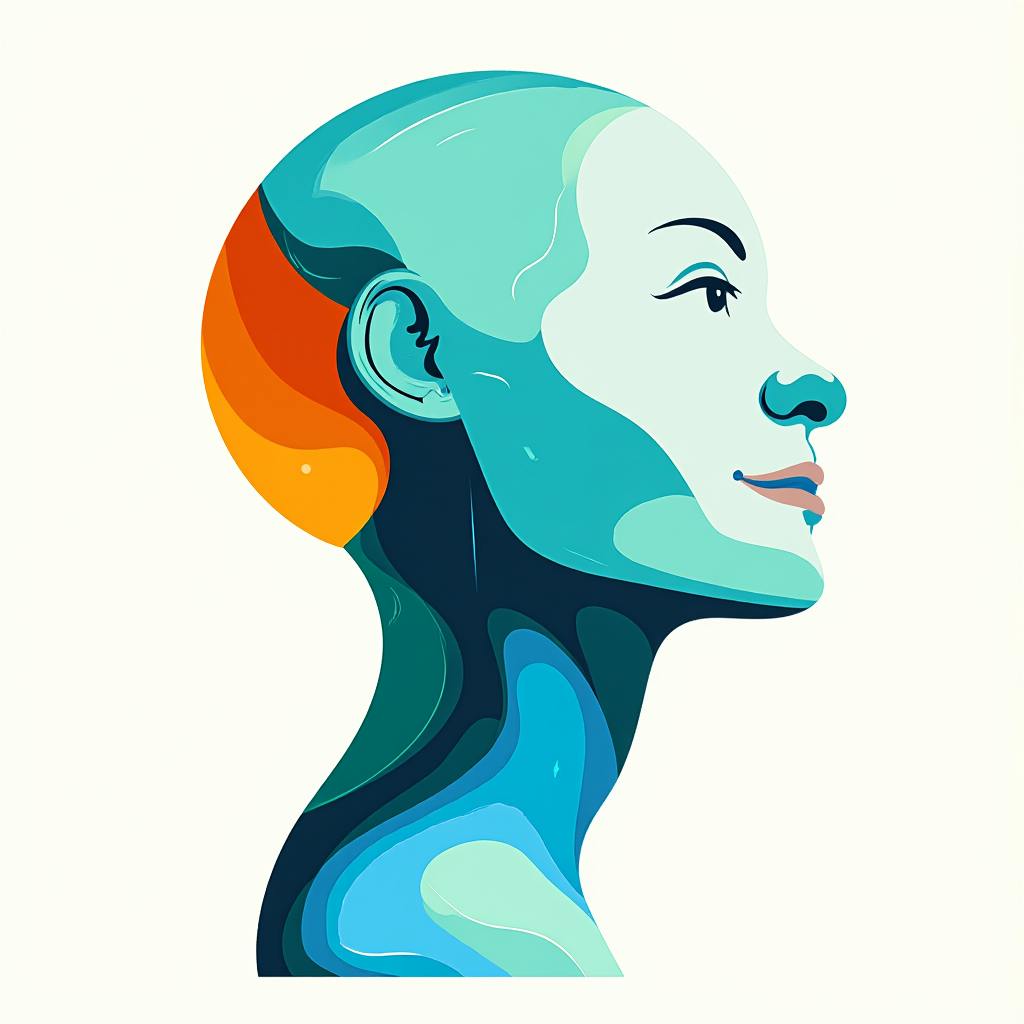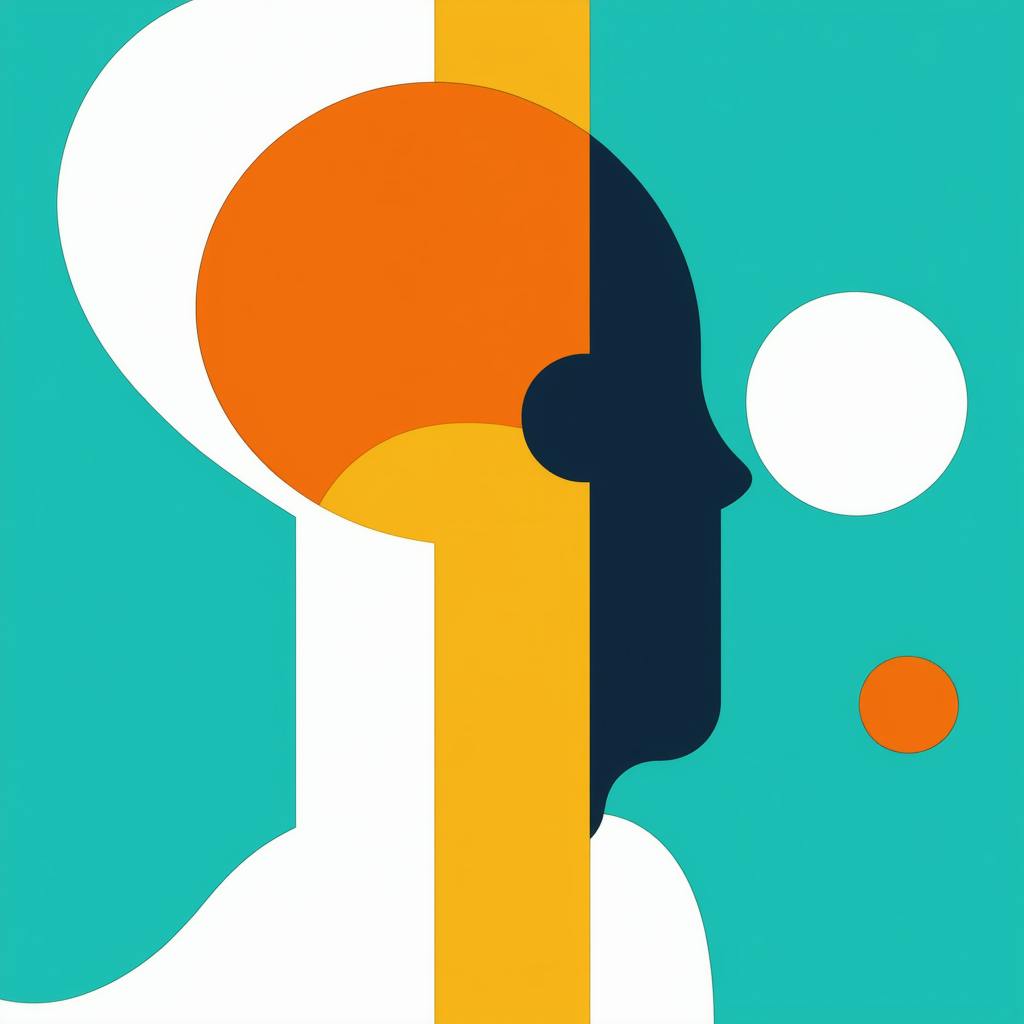The world of design is a vast and intriguing landscape, comprising numerous disciplines that collectively fuel creativity, innovation, and functionality in our everyday lives. From the eye-catching visuals of graphic design to the complex functionality of industrial design, the fields of design cater to human needs and desires in multifaceted ways. This article will navigate through these fields, unpacking each discipline's unique contributions and emerging trends.
Defining the Fields of Design
Graphic Design
Often considered the backbone of visual communication, graphic design is a discipline that amalgamates art and technology. But what field of study is graphic design? It primarily involves conveying messages through visual content, including typography, imagery, and color. Among the pioneers of this field, Otto Neurath played a significant role by advancing information graphics through the creation of the ISOTYPE methodology, enhancing how data was visually interpreted.
Industrial Design
Unlike graphic design's focus on visual content, industrial design merges art with engineering, emphasizing the aesthetic, functionality, and manufacturability of products. It encompasses everything from the sleek lines of a sports car to the ergonomic features of a kitchen appliance.

AI made with Dean Jones
Navigating Modern Design Specializations
- UX and UI Design: Often grouped under the broader umbrella of digital design, UX (User Experience) and UI (User Interface) specialists optimize user interactions with digital platforms. While UI focuses on mere aesthetics, UX delves deeper into user behavior and interaction patterns, constructing a seamless journey from start to finish.
- Interior Design: A field that blends creative flair with practical application. Interior designers enhance the functionality and aesthetics of interior spaces, factoring in sustainability and user comfort. It demands an intricate understanding of spatial concepts, psychology, and material science.
- Fashion Design: A creative hub where function meets style. Fashion design oscillates between artistic expression and cultural identity, producing clothing and accessories that tap into individual and collective trends.
A Field Guide to the Hidden World of Everyday Design
Every piece of design, from the chair you sit on to the app you navigate, is an excursion into the hidden world of everyday design. This multifaceted world diversifies into fields that might not always be in the limelight but still profoundly impact our daily lives, such as healthcare design, environmental design, and even service design. These fields revolutionize how we perceive and interact with services, products, and spaces, showcasing the unparalleled breadth of the design industry.
Addressing Frequently Asked Questions
Which Designer Pioneered the Field of Information Graphics? Otto Neurath is renowned for his groundbreaking work in information graphics. He developed the ISOTYPE (International System of Typographic Picture Education) methodology, which used simplified pictorial symbols to convey complex data efficiently.
What Field of Study is Graphic Design?
Graphic design is primarily studied as a communication field that integrates artistic expression with innovative thinking and problem-solving, facilitating effective visual communication. It is often housed within wider creative fields such as media studies or fine arts.
Are UX and UI Specializations Necessary? Yes, as the digital world grows, UX and UI specializations have become crucial. They ensure digital products are intuitive and user-friendly, directly affecting usability and user satisfaction.
FAQ: Exploring the Fields of Design
What are the different fields of design explored in the book 'Exploring the Fields of Design: From Graphic to Industrial'?
The book 'Exploring the Fields of Design: From Graphic to Industrial' takes readers on a comprehensive journey through various design disciplines. It covers a wide range of fields, including:
- Graphic Design: Focuses on visual communication and problem-solving through typography, photography, and illustration.
- Industrial Design: Involves the creation and development of product design concepts for manufacturing.
- Interaction Design: Centers around creating intuitive and user-friendly digital interfaces.
- Interior Design: Concerns the design and organization of interior spaces with functionality and aesthetics in mind.
- Fashion Design: Encompasses the creation of clothing and accessories, integrating aesthetics, fabrics, and trends.
- UX/UI Design: Emphasizes the user experience and interface design of digital products and applications.
- Environmental Design: Deals with designing man-made environments that improve user experience and interaction with natural surroundings.
- Service Design: Focuses on designing holistic service experiences that engage users at multiple touchpoints.
How does the book 'Exploring the Fields of Design: From Graphic to Industrial' differentiate between different design fields?
The book differentiates between various design fields by diving into their unique characteristics, processes, and goals. It elucidates:
- Purpose and Function: Each field is identified by its primary purpose, such as communication for graphic design or functionality and user interaction in industrial design.
- Tools and Techniques: Distinct tools and software used across fields are discussed, from Adobe Creative Suite in graphic design to CAD software in industrial design.
- Process and Approach: The book explains different methodologies and approaches unique to each field, like the emphasis on user research in UX design versus trend analysis in fashion design.
- Outcome and Impact: The end results and impacts of each design field are highlighted, illustrating how each serves particular community and market needs.

AI made with Dean Jones
What insights does 'Exploring the Fields of Design: From Graphic to Industrial' provide about graphic and industrial design?
Regarding graphic and industrial design, the book provides several key insights:
Graphic Design:
- Emphasizes the importance of visual storytelling, branding, and the role of typography in conveying messages.
- Discusses the evolution of graphic design from print to digital media, highlighting the significance of staying updated with the latest design trends and technologies.
Industrial Design:
- Focuses on the intersection of aesthetics, usability, and manufacturability. It examines case studies of successful product designs and the iterative design process.
- Details the importance of understanding materials and production techniques, alongside the need for sustainable design practices.
What knowledge and skills are needed to enter the fields of design discussed in 'Exploring the Fields of Design: From Graphic to Industrial'?
To enter the various fields of design, the book outlines essential knowledge and skill sets, including:
Graphic Design:
- Proficiency in design software like Adobe Illustrator, Photoshop, and InDesign.
- Strong conceptual skills, an eye for aesthetics, and an understanding of color theory and typography.
Industrial Design:
- Skills in 3D modeling software such as SolidWorks or Rhino.
- Knowledge of materials, ergonomics, and manufacturing processes.
Interaction and UX/UI Design:
- Understanding of user-centered design principles and wireframing tools like Sketch or Figma.
- Analytical skills to interpret user research and feedback.
Interior and Environmental Design:
- Competence in spatial layout planning and proficiency in software like AutoCAD and Revit.
- Sensibility towards ecological design principles and human-centric space utilization.
Service Design:
- Ability to think systematically about service processes and customer journeys.
- Strong collaborative and communication skills to work across different disciplines.
The book stresses continuous learning and adaptation as core components of a successful career in design, given the rapidly evolving nature of technology and consumer preferences in each field.
Conclusion
The diverse fields of design permeate every facet of modern life, shaping how we interact with the world and express our identities. From the elaborate designs in fashion to the ergonomically crafted tools in industrial design, each discipline contributes uniquely to our everyday experiences. By understanding the distinct and interconnected nature of these fields of design, individuals and businesses alike can better harness the potential of design thinking. Whether you are an aspiring designer or simply curious about the hidden world of everyday design, diving into these fields enriches your appreciation for the artistry and strategy embedded in everything around us.

